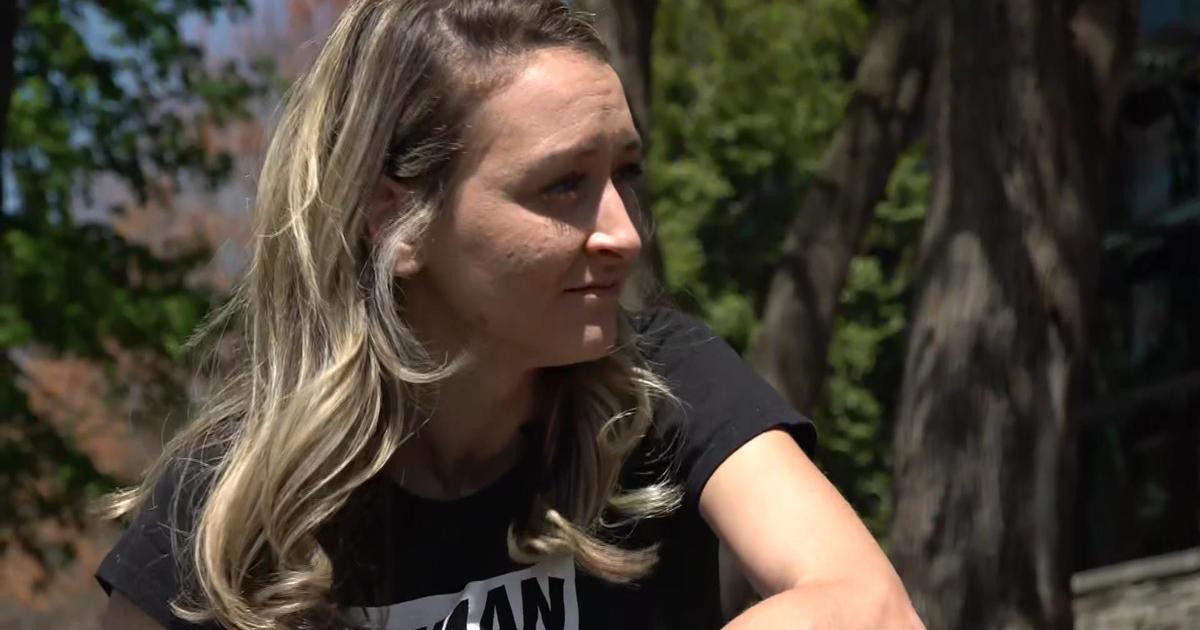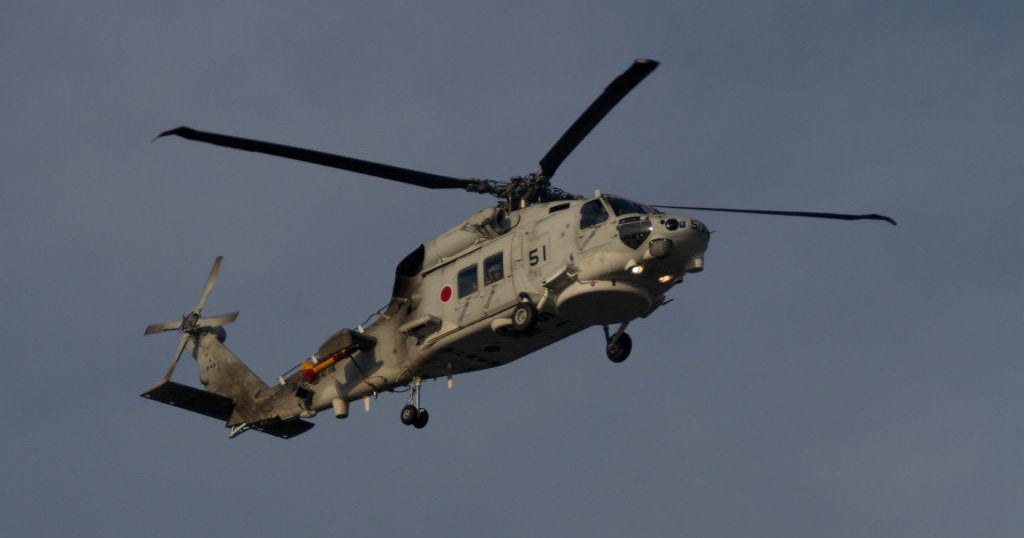U.S. Air Force pilots could soon be training against virtual enemy aircraft
A startup led by retired fighter pilot Dan Robinson is developing augmented reality technology to revolutionize the way U.S. Air Force pilots train for combat. Traditional U.S. military flight training is risky, and expensive; it costs about $40,000 per hour to keep an F-22 Raptor jet in the air. From 2013 to 2017, more than 130 service members died in aviation accidents, including collisions with other aircraft.
Those risks, coupled with shrinking budgets, pilot shortages and burnout from long-running wars, put the future of air combat training at California's famed Edwards Air Force Base in question.
"We are faced with an opposition that has, you know, superior numbers… technology that's at least on par with ours," Robinson told CBS News' Lee Cowan. "If we're not scared of that, we should be."
Robinson is a graduate of the U.K. Fighter Weapons School, the equivalent of the U.S. Navy's TOPGUN program. He said a virtual reality racing game gave him the idea that got his startup, Red 6, off the ground. But when he first raised the idea of using virtual reality in-flight training, Robinson said he was met with skepticism.
"The guys, frankly, looked at me as if I was crazy and said, 'No, we can't do that'," he said.
While a pilot couldn't realistically fly blinded by a headset projecting virtual reality, augmented reality provided a more reasonable solution, allowing pilots to train against a virtual aircraft while maintaining full awareness of their real world surroundings.
"The first time the tech crackled into life, and we saw something in the sky, that's when we knew… that this was possible," Robinson said. "The question was, could we do it in the air?"
Meeting his company's reservations head-on, Robinson volunteered to test the simulator himself. Rising high into the air in his fighter jet, Robinson was met with a foe — or rather, a projection of one.
"That's pretty sinister looking," he noted from the cockpit.
The technology created by his team was responsible for the vision he saw of a Russian Su-57 stealth aircraft, behaving just the way it would in a real dogfight. But while it seemed real enough to him, Robinson was chasing thin air. The augmented reality eliminated the need for another plane and, with it, eliminated the risk of a mid-air collision.
"We were familiar with the dream and the concept, but we were always told that that was years and years away. And then we walk in and suddenly realize it's today," said Colonel "Laz" Gordon, vice commander of the U.S. Air Force 412th Test Wing.
Gordon is well aware of the threats posed by personnel shortages and costly, sometimes fatal accidents — as well as the need to meet them head on.
"If we do not innovate… we're going to lose, period," Gordon said. If all goes as planned, Gordon and the rest of the Air Force will have Red 6's augmented reality in the cockpit of a T-38 supersonic jet by early next year.
"I am really grateful, and stunned when I really reflect on what we've achieved," Robinson said. "But I always wanna go faster."



